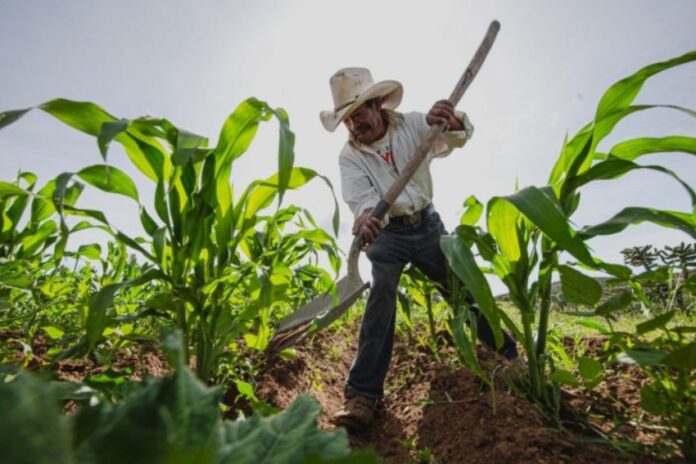Mexico is a leading global agricultural producer, ranking 11th worldwide. Its diverse geography and climates, ranging from fertile valleys to tropical lowlands and arid plateaus, enable the cultivation of various crops that supply domestic consumers and international markets.
Sector overview
Agriculture has shaped Mexico’s economy, food security and culture for millennia. Staple grains like maize remain central to daily life, while high-value exports such as avocados, berries and tomatoes drive foreign trade earnings.
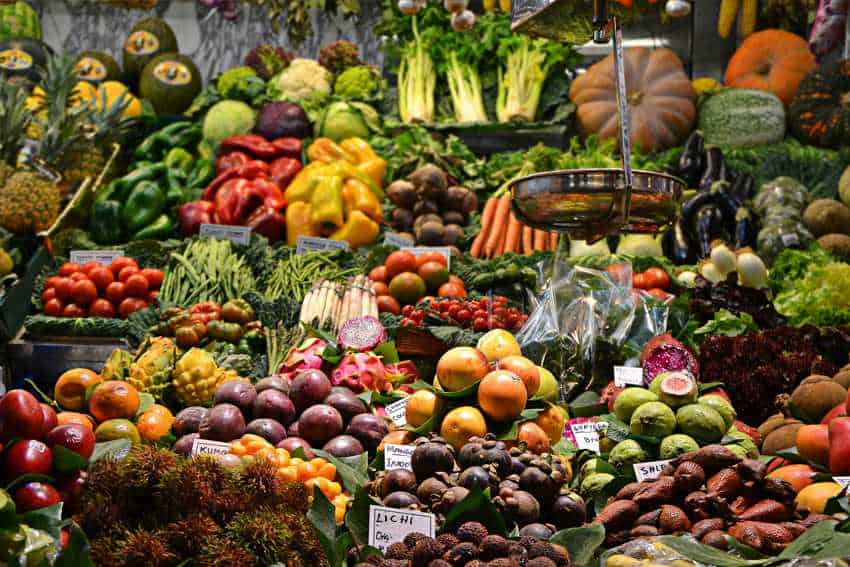
Agriculture contributes 3.8% of gross domestic product (GDP), yet it punches above its weight in trade: Agri-food exports reached US $19.4 billion from January through October 2024. Mexico’s agricultural sector encompasses 49 million acres (20 million hectares), with 47 million acres (19.2 million hectares) harvested in 2024, generating a total production value of 855.8 billion pesos (US $45.36 billion).
Trade agreements — most notably the United States–Mexico–Canada Agreement (USMCA)—have strengthened market access, while new opportunities in Asia are emerging for tequila, coffee and specialty fruits.
The following analysis examines the five most significant crops by production value and volume, highlighting their market performance, pricing trends and economic contributions. Official data is drawn from Mexico’s Agricultural and Fisheries Information Service (SIAP) and the Ministry of Agriculture and Rural Development (SADER).
Challenges
Despite its strengths, the sector faces persistent hurdles:
- Water scarcity: Northern states such as Sonora and Chihuahua are confronting dwindling reservoir levels, threatening irrigation-dependent crops like wheat and corn.
- Climate change: Increased drought frequency and unpredictable rainfall disrupt planting cycles and reduce yields.
- Smallholder vulnerability: More than 70% of Mexican farmers are smallholders with limited access to credit, insurance and modern technologies, leaving them exposed to market volatility and extreme weather.
- Market pressures: Peso appreciation has reduced dollar-denominated returns on exports such as avocados, while global competition is intensifying in key crops like tomatoes and berries.
Innovation
Mexico is addressing these challenges through technology and new business models:
- Water-efficient farming: Drip irrigation, precision agriculture and protected cropping systems (greenhouses and shade houses) are gaining ground, improving yields while conserving water.
- Genetic research: Public and private institutions are developing drought-resistant maize varieties to stabilize production.
- Cooperatives & fair trade: Smallholder cooperatives are helping farmers secure better prices, especially for coffee and beans.
- Urban agriculture: Projects in Mexico City and other major urban centers connect consumers directly with growers, reducing food miles and supporting local economies.
- Sustainable certification: Organic farming and fair-trade certification are expanding, particularly in export-oriented crops such as berries and coffee.
1. Corn: The heart of Mexican cuisine
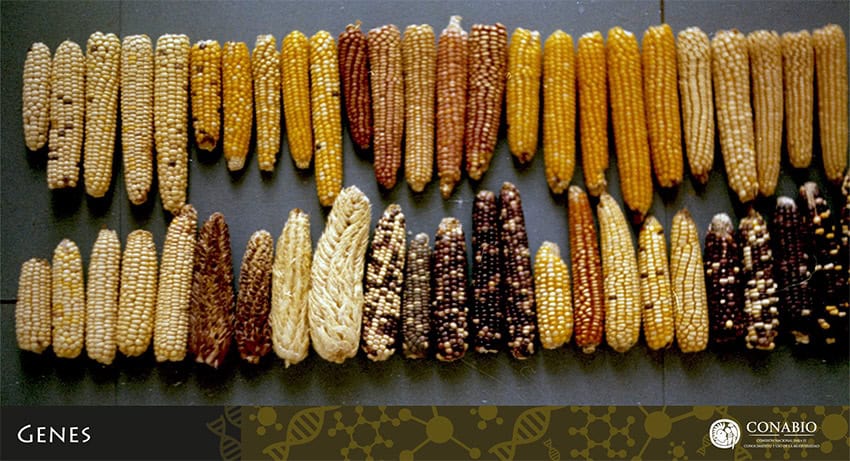
Corn is Mexico’s most valuable agricultural crop, generating 172 billion pesos in production value in 2023. More than a food source, corn is central to national identity. Archaeological evidence traces the domestication of maize in southern Mexico over 9,000 years ago, and millions of small-scale farmers still cultivate native landraces, preserving biodiversity and traditional methods.
- Production: Forecast at 23.5 million metric tons (MMT) for marketing year (MY) 2024-2025, a 16% decrease from the previous year due to drought. Spring–summer cycle production was 18.6 MMT, while fall–winter cycle production contributed 4.9 MMT, a 45% drop due to severe drought in Sinaloa. White corn production reached 18.5 MMT, with Sinaloa contributing significantly. Mexico is on track for white corn self-sufficiency in 2025, with national availability projected to exceed 2 MMT.
- Market prices: The government-guaranteed price for small producers is 5,840 pesos per ton (2025). Prices showed volatility due to drought and production variations, with white corn prices remaining mostly stable or slightly declining between October and December 2024.
- Outlook: MY 2025–2026 forecast: 24.5 MMT, a 7% increase driven by higher local prices and reduced domestic stocks. The Harvesting Sovereignty Program aims to boost white corn production to 25 MMT by 2030.
2. Avocados: Mexico’s ‘green gold’
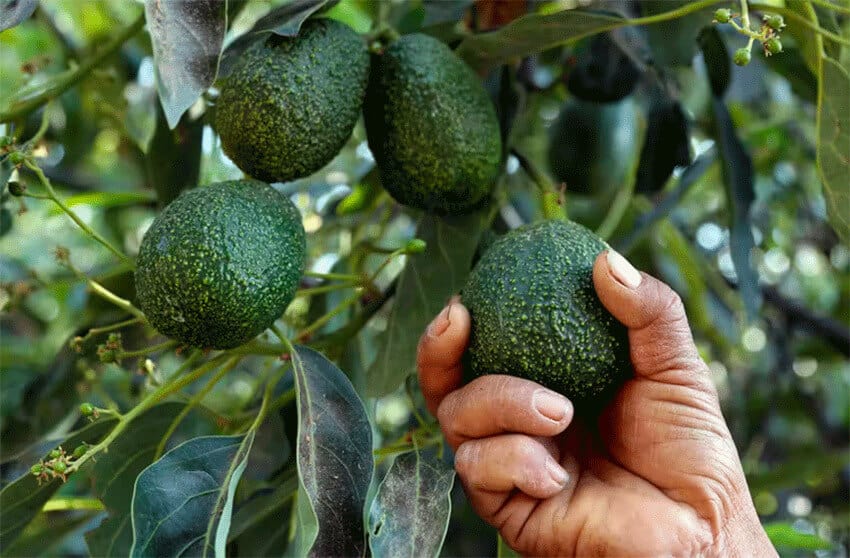
Avocados are Mexico’s second-most valuable crop, with a production value of 60 billion pesos in 2023. Mexico is the world’s largest avocado exporter, with Michoacán dominating global markets.
- Production: 2024 forecast: 2.77 MMT, a 5% increase over 2023 (2.65 MMT), driven by strong export demand, particularly from the U.S. Michoacán: 73% of national output; Jalisco: 12%; State of Mexico: 5%. Planted area: 636,470 acres (257,571 hectares) in 2023, up 2% from the previous year.
- Market prices: Export value decreased 12% in 2023 despite higher volumes due to peso appreciation. Local producers reported lower prices because of smaller average fruit sizes caused by drought and above-average temperatures.
- Outlook: Favorable growing conditions and conversion from traditional crops to high-value avocado orchards, particularly in Jalisco, support near-term growth. Expansion continues, replacing corn, wheat, and pasture areas. Environmental scrutiny on deforestation could influence future planting.
3. Tomatoes: A key export crop
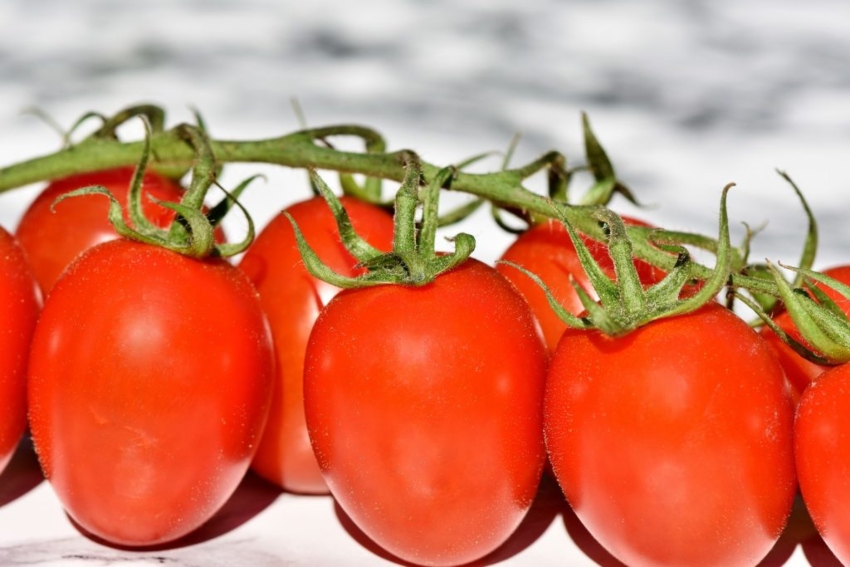
Tomatoes are a major Mexican export, particularly to the U.S., Canada and Europe.
- Production: 2024 forecast: 3.30 MMT, up 2% from 2023 (3.22 MMT), driven by export demand and investments in protected agriculture systems. Leading producers: Sinaloa (22%), San Luis Potosí (13%), Michoacán (7%). Harvested area in 2023: 114,457 acres (46,319 hectares), producing 3.22 MMT.
- Market prices: The U.S. is the top export market, with 1.82 MMT valued at US $2.7 billion in 2023, representing a 1% volume increase and 10% value increase from 2022.
- Outlook: Transition toward greenhouses, shade houses and high tunnels mitigates climate risks. While short-term production may drop, yields and quality are expected to improve over time.
4. Beans: A cultural mainstay
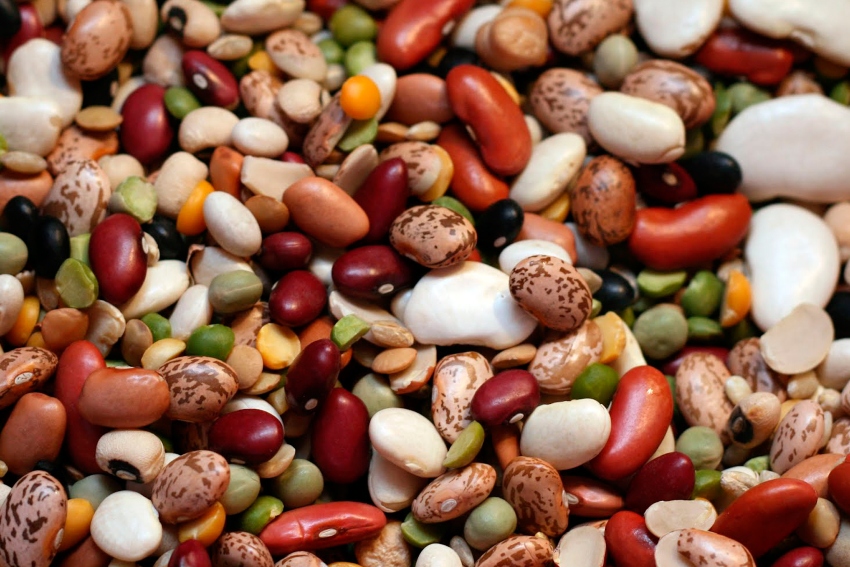
Beans are a staple of Mexican cuisine, important for nutrition and cultural identity.
- Production: Forecast at 1.01 MMT for MY 2024-2025, a 41% rebound from the drought-driven low of 724,000 tons in 2023-2024. Recovery is due to a 32% increase in planted area and improved rainfall. Zacatecas and Sinaloa are primary producers; Sinaloa harvest expected 150,000–180,000 tons, surpassing the internal demand of 100,000 tons.
- Market prices: The government-guaranteed price is 27,000 pesos per ton (2025), the highest among major crops. Imports surged 230% in 2023 to 313,000 tons valued at US $369 million.
- Outlook: President Claudia Sheinbaum’s Prosebien program aims to boost output by 300,000 tons annually, targeting a 30% production increase over six years to reduce imports and achieve food sovereignty.
5. Wheat: A culinary staple
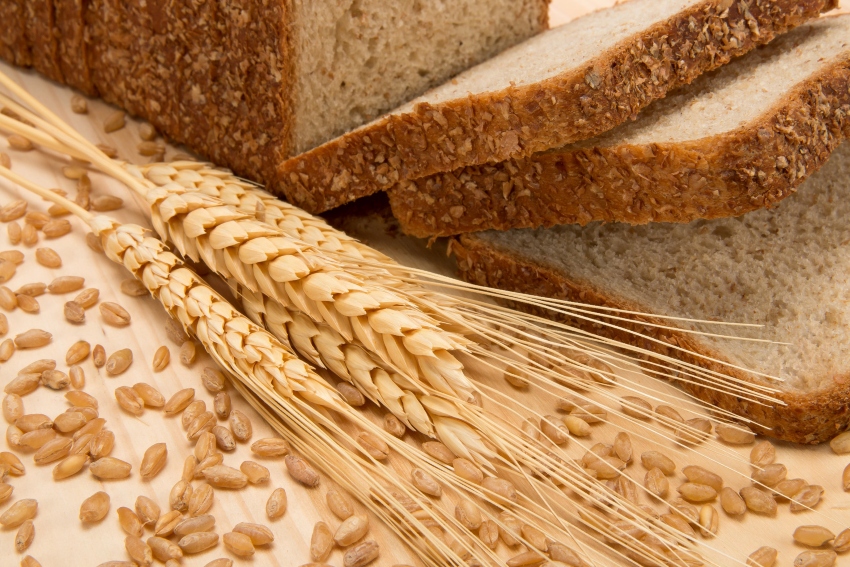
Wheat, introduced during Spanish colonial times, is essential for bread production. It faces significant drought-related challenges, particularly in northwestern states.
- Production: MY 2024–2025: 2.6 MMT, down 25% from the previous year. Winter cycle: 2.53 MMT, affected by prolonged drought and record-low water levels in Sonora and Sinaloa reservoirs.
- Market prices: Government-guaranteed price: 7,600 pesos per ton. To offset reduced domestic production, imports are forecast at 5.7 MMT, up 6%.
- Outlook: MY 2025–2026: forecast 1.7 MMT, down 36%, with imports projected at 6.4 MMT. Farmers are increasingly shifting to less water-intensive crops.
Conclusion
Mexico’s agricultural sector is a global leader, combining rich tradition, diverse crops and strong export performance. Challenges such as water scarcity, climate change, and smallholder vulnerability persist, but innovation, sustainable practices and government programs are strengthening resilience. Balancing heritage, modern technology and global market demand will be key to ensuring Mexico’s continued prominence in agriculture.
As agriculture continues to evolve, access to reliable data and expert knowledge becomes increasingly important. Wikifarmer is an international platform that empowers farmers and agribusiness professionals through three core pillars: the Wikifarmer Marketplace, which connects producers with buyers globally; the Wikifarmer Library, a free knowledge hub with thousands of articles authored by experts; and Wikifarmer Price Insights, which provides up-to-date market intelligence on key crops and commodities. With millions of users worldwide, Wikifarmer combines practical expertise with real-time market data, making it a valuable resource for stakeholders seeking to understand and succeed in the agricultural economy.
Irena Vélez is a journalist at Wikifarmer.com, based in Seville, Spain. She holds a Bachelor’s in Journalism Honours from Carleton University in Ottawa, Canada, and has a background in agricultural reporting. She writes research-based articles on sustainable farming, crop management and rural entrepreneurship, helping make agricultural knowledge accessible to farmers worldwide.
